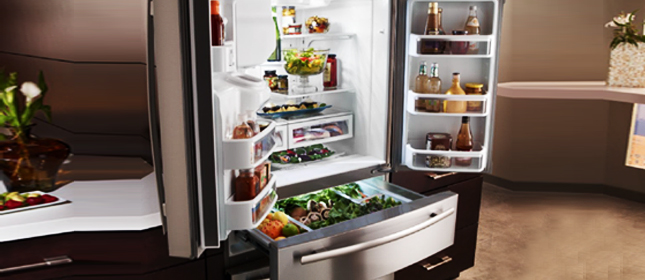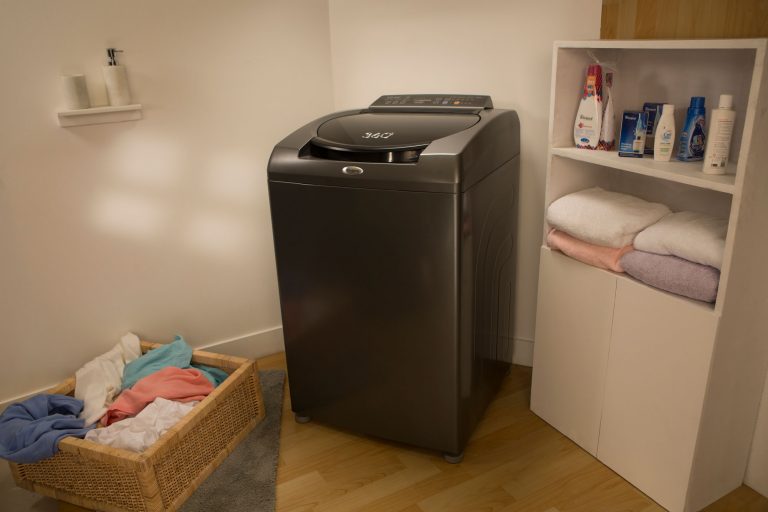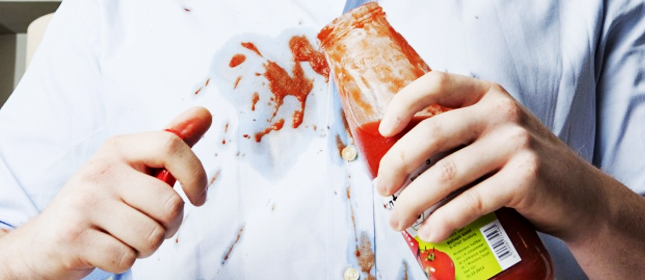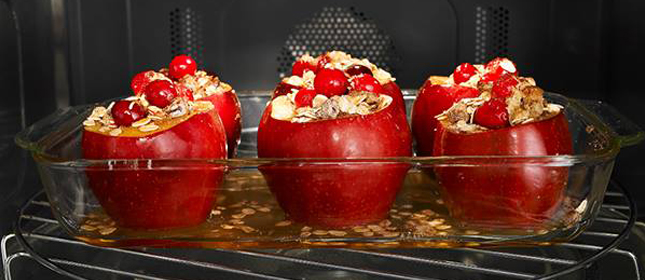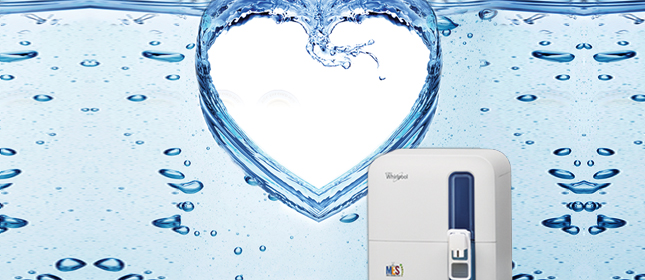Your refrigerator is packed with action all day long, and not everything is pretty – the leftover chillies and the ugly veggies that are have been forgotten inside. And the icebox doesn’t even come out as kept initially in the freezer, in fact the freezer seems all messed up with so many items stacked in it. But this is neither appealing to eyes nor healthy for your family. Bacteria from drips and stains all across can spread easily through compartments and into the other food items.
Keep your refrigerator running like new and extend the life of your fridge by simply following these simple tips –
- Check the door seals: Loose seals allow cool air to sleep out & wasting energy. Make sure the seals are free of food residue. (Clean them twice a year, using a toothbrush & solution of baking soda and water). Do the currency note test: Close the currency note in the door so that half is out. If it slips out easily, you may need to have the door seals checked by a service engineer
- Keep it stuffed: Refrigerators need “thermal mass” (a.k.a. lots of stuff) to maintain low temperatures. Cool foods & drinks help absorb warm air that streams in when you open the door. It’s good to store few jugs of water.
- Power out tip: When the power goes out, keep the doors closed. An unopened refrigerator will keep food safe for four hours, a freezer will maintain its temperature for 48 hours if full and 24 hours if half full.
- Defrost: When frost has accumulated on the inside walls of the freezer to a thickness of one half inch (or a little more than one centimeter) or so, remove the food from the refrigerator/freezer, turn off the thermostat or unplug the unit, and allow all of the frost to melt. Once the frost has melted completely, turn the unit back on, wait for it to reach its operating temperature, and restock it with food.
If you have a self-defrosting refrigerator, you don’t need to do anything. Every six to eight hours, your refrigerator heats up its cooling coils slightly to melt any frost accumulation on the coils. The resulting water drains into a shallow pan at the bottom of the refrigerator/freezer.


